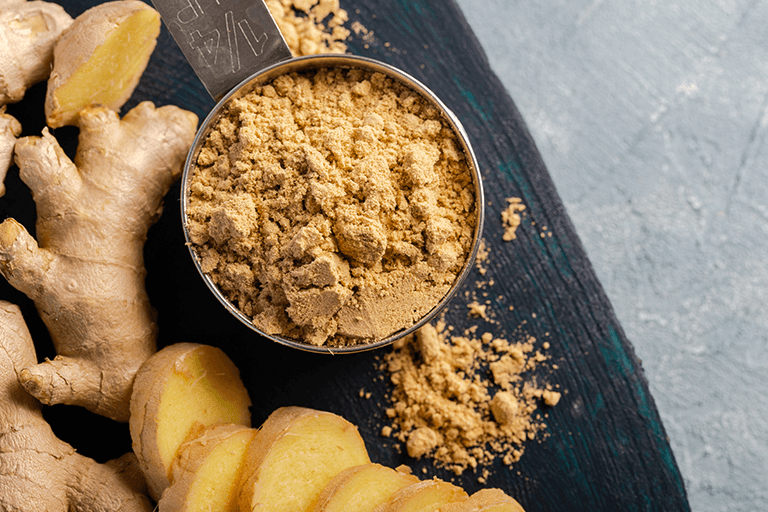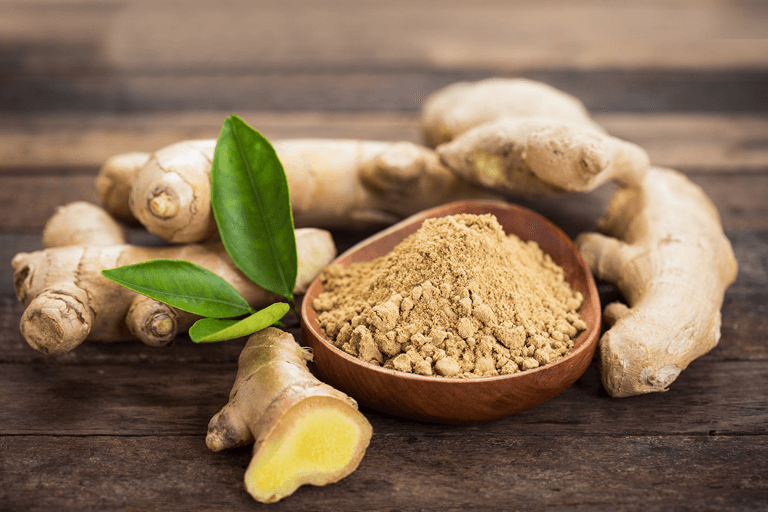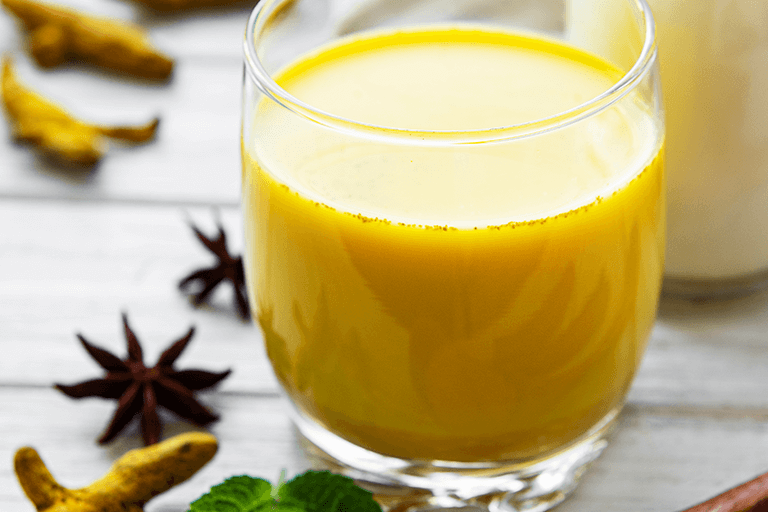Ginger’s natural rooty, beige look may not scream “Antioxidants!” the way other vegetables do, but it’s got all the benefits — and then some. Known to ease digestive problems, nausea, and inflammation, the Southeast Asian superfood is full of hidden powers. Consider these delectable ways to harness them.
Know Your Food: Ginger

Ginger is a flowering plant that originated in Southeast Asia. It’s among the useful (and most delicious) spices on the planet. It belongs to the Zingiberaceae family, and it’s closely related to turmeric, cardamom, and galangal. The rhizome (underground part of the stem) is the part commonly used as a spice. It’s often called ginger root or ginger. Ginger can be used fresh, dried, powdered, or as an oil or juice. It’s a widespread ingredient in recipes.
People typically use fresh or dried ginger in cooking, and some take ginger supplements for their possible wholesome benefits. Antioxidants and other nutrients in ginger may help prevent or treat arthritis, inflammation, and various types of infection. Researchers have also studied its potential to reduce the risk of diabetes, cancer, and other health problems.
Ginger does not provide protein or other nutrients, but it is an excellent source of antioxidants. Studies from trusted sources have shown that, for this reason, ginger can reduce various types of oxidative stress.

How to Store:
Store unpeeled ginger in the vegetable crisper of your fridge for up to two weeks. Freeze leftovers for up to six months: Break them into small pieces (4-5cm) and defrost as needed.
How to Prep:
For easy peeling (and minimal waste), use the edge of a spoon to remove the skin. To julienne, thinly slice against the grain, spread in a row like a deck of cars, and slice lengthwise to create long strands. To mince, turn julienned strips 45 degrees and chop.
How to select:
Choose pieces that are plump and crisp, not shrunken or fibrous.
How to Peel Ginger:
1.Begin by cutting off the amount of ginger you need and then trimming off any small nubs so that you have a relatively uniform piece to work with.
- Then, hold the ginger in one hand and use the tip of your spoon to scrape off the peel.
- You’ll find it comes off easily and that you get a smoother, more consistent result than when you use a knife or vegetable peeler.

The Best Ways to Use Up Leftover Ginger
- Ginger root can be used to make a wonderful syrup with a punchy flavor that works quite well in cocktails, soft drinks, and even smoothies. Add equal amounts of sugar and water to a pot, bring to a boil, add some freshly grated ginger, let the mixture steep for 10 minutes, and then strain. Your syrup will keep for up to two weeks in the refrigerator.
- Whole ginger root freezes well and is easier to peel and grate when frozen. Plus, it will last for up to six months in a freezer bag. It offers healthy and delicious options in the fall, a prime time for soup. It adds a beautiful flavor, antioxidants, and kick to our cream of squash and roasted ginger soup, perfect for chilly autumn nights.
- Make pickled ginger at home, which is healthy and perfect to be served with sushi.
Sources
https://www.ricardocuisine.com/en/articles/waste-management/835-4-ways-to-use-leftover-ginger
https://www.thekitchn.com/how-to-peel-ginger-42703
https://www.medicalnewstoday.com/articles/265990#_noHeaderPrefixedContent
https://www.healthline.com/nutrition/11-proven-benefits-of-ginger
Recipe Sources
https://www.eatingwell.com/recipe/262783/ginger-salad/

